Hai mai notato come alcuni metalli sembrano lucenti e lischi, come il cromo sul tuo auto a motore nei tuoi gioielli, o una viscerale liscia sui tuoi articoli da cucina? Questa stregoneria non si verifica per caso: è a causa della placcatura! Ma ciò che è placcata? E perché lo usiamo?
COSÌ, In questo articolo, Insegneremo esattamente cosa è la placcatura, il processo di placcatura, a cosa è usato, E perché ne hai bisogno. Se sei in produzione, Gioielli, o voglio solo sapere, Le risposte sono qui.
Cosa è placcatura?
Ciò significa che placcata è l'applicazione di una sottile copertura di materiale (spesso metallo) su una superficie per migliorare le sue caratteristiche o guardare. In altre parole, È una sorta di rivestimento protettivo: un brillante, elegante lucentezza, Se vuoi, su un singolo pezzo.
Questo può essere fatto per la durata, resistenza alla corrosione, aspetto, eccetera. Sia che tu voglia aggiungere un pizzico d'oro a un ornamento o rendere una parte più resistente alla corrosione, La placcatura è un metodo consolidato.
Come funziona la placcatura?
La placcatura di solito comporta la deposizione di uno strato di metallo (o altro materiale) su un substrato usando diverse tecniche. Questi sono solo due tipi di metodi di placcatura, Potresti aver sentito parlare di elettroplazione o placcatura elettrolitica. Esistono vari pro e contro per ogni approccio e le scelte dipendono dal materiale e dal risultato che si desidera ottenere.
Galvanotecnica
Una delle tecniche di applicazione più utilizzate per la placcatura è l'elettroplatura. Il processo prevede che l'elettroplaggio di un rivestimento in metallo a un articolo. Ecco come va:
Fare un passo 1: L'oggetto che verrà placcato (indicato come "substrato" durante il processo) viene pulito per la prima volta per sporco e/o olio.
Fare un passo 2: Il substrato è posto in una soluzione di ioni metallici.
Fare un passo 3: Una corrente elettrica scorre attraverso la soluzione. Questo spinge gli ioni metallici a migrare e depositare sulla superficie del substrato, Creare un sottile film metallico.
Probabilmente hai assistito a questo per la placcatura cromata su paraurti per auto o placcatura dorata per gioielli.
Placcatura elettrolitica
Non è necessaria alcuna elettricità per questo metodo. Piuttosto, Utilizza una reazione chimica per depositare il metallo. Una delle principali differenze qui è che la placcatura elettrolitica svolge un lavoro più uniforme di placcatura e può ricoprire i non metalli come la plastica. La tecnica è comunemente usata nel rivestimento di prodotti come connettori in elettronica, Dove l'uniformità è importante.
Perché viene utilizzata la placcatura?
Ci sono alcuni motivi per optare per la placcatura:
Appello estetico
Probabilmente uno dei motivi più usati per la placcatura è il fascino estetico. Pensa agli anelli lucenti in oro, o un paraurti cromato di finitura a specchio, Rs on, di un'auto. Sono abbastanza attraenti e possono facilmente attirare l'attenzione. Questi sono usati per la loro glamour e bellissima finitura di alta qualità su prodotti come l'oro, Argento, Cromo, eccetera.
Maggiore durata
La placcatura aggiunge uno strato protettivo extra e migliora ulteriormente la durata di una parte. Per esempio, La placcatura cromata viene comunemente applicata alle parti automobilistiche e agli strumenti manuali per inibire la ruggine e la corrosione. Lo strato placcato funge da barriera contro l'usura, preservare l'integrità del substrato sottostante.
Resistenza alla corrosione
Ferro e acciaio sono metalli che ruggine prontamente quando esposti all'umidità e all'aria. Ossidazione è prevenuto dalla placcatura con metalli come nichel o cromo. È una pratica comunemente seguita in settori in cui le parti devono sopportare condizioni ambientali estreme, come automobilistico e aerospaziale.
Conduttività elettrica
Per esempio, La placcatura viene utilizzata per aumentare la conduttività in elettronica. L'oro è un materiale comune per oggetti placcati come i connettori, Dato che è un grande conduttore di elettricità e resiste alla corrosione. Garantisce la corretta progressione delle correnti elettriche all'interno del sistema.
Resistenza a usura
La placcatura non è semplicemente cosmetica, può anche impedire alle parti di uscitarsi. Placcatura in nichel, ad esempio, è un'opzione popolare per ridurre l'attrito nelle parti meccaniche e contribuire a prolungare la durata dei macchinari.
Diversi tipi di placcatura
La placcatura non è un processo unico. Materiali diversi e obiettivi diversi richiedono tecniche diverse. Ora, Diamo un'occhiata ad alcuni dei piatti più comuni:
Placcatura in cromo
La placcatura cromata viene applicata alle parti per ragioni estetiche che forniscono una finitura liscia e lucida/riflettente, che aggiunge una certa resistenza alla corrosione. Puoi trovarlo comunemente sui paraurti per auto, Parti di motociclette, e rubinetti. È un tipo di placcatura che viene utilizzato per perfezionare l'aspetto e fornire superfici durevoli.
Placcatura d'oro
Nel corso degli anni, La placcatura d'oro è diventata una pratica comune nei gioielli, elettronica, E persino dispositivi medici. Rende lussuoso un oggetto e offre anche un'alta resistenza alla corrosione. L'oro è anche un ottimo direttore, Ecco perché viene spesso utilizzato in elettronica.
Placcatura d'argento
Usi tipici della placcatura argento in argento viene utilizzato nelle posate, gioielleria, e componenti elettrici. L'argento è meno resistente dell'oro o del cromo ma offre una finitura brillante e un'eccellente conducibilità elettrica. Un esempio è gioielli progettati con argento, che spesso può essere più economico dell'argento solido (Perché è argento) ed è un'opzione più economica.
Placcatura in nichel
Per quali applicazioni vengono utilizzate la placcatura di nichel? È forte, durevole, e resistente alla corrosione. Nickel dà anche una finitura liscia, che viene spesso utilizzato per aumentare la resistenza all'usura delle parti metalliche.
Tin Plating
La placcatura di latta viene spesso utilizzata per i pacchetti alimentari, elementi elettrici, e produzione di materiale di saldatura. Questo rende la scatola meno inclini alla ruggine, Una caratteristica importante per gli articoli che dovrebbero rimanere funzionali in un'ampia varietà di ambienti.
Applicazioni comuni di placcatura
Al momento, Questo è utilizzato principalmente per una varietà di settori e una pletora di applicazioni. Le applicazioni più comuni sono le seguenti:
Gioielleria
Oro, argento, e la placcatura del platino è alcuni dei più comunemente usati nei gioielli. Dà ai produttori di gioielli un brillante, finitura lucida mentre protegge il materiale sottostante dall'usura. Rende anche metalli costosi come l'oro più prontamente disponibili coprendo metalli economici in uno strato d'oro.
Industria automobilistica
Nelle auto, La placcata protegge le parti come i sistemi di scarico, paraurti, e componenti del motore dalla ruggine. Placcatura cromata, noto per la sua superficie lucida e robustezza, è particolarmente comune. E dà le auto che fluttuano, Aspetto luccicante che è difficile da perdere.
Elettronica
“In un'era di rapido cambiamento tecnologico, La domanda di componenti elettronici di alta qualità non sarà saziata. La placcatura in elettronica è fondamentale per preservare la conducibilità e garantire la longevità in dispositivi come gli smartphone, computer, e altri elettrodomestici. Come esempio, I connettori placcati in oro aiutano con trasmissione del segnale e riducono le possibilità di corrosione.
Aerospaziale
I componenti aerospaziali devono essere forti, resistere al calore estremo, e rimanere durevoli nel tempo. La placcata assicura che questi strumenti stiano facendo il loro lavoro. La placcatura di nichel e cadmio è stata ampiamente utilizzata nell'industria aerospaziale per proteggere le parti dall'esposizione al calore, umidità, e usura meccanica.
Imballaggio alimentare
L'imballaggio alimentare è placcato in stagno, come lattine, per prevenire il ruggine e preservare il contenuto. Oltre a usare da solo come rivestimento, La stagno è spesso placcata a un altro materiale per aiutare a fungere da barriera per il cibo in un contenitore.
Vantaggi della placcatura
La placcatura protegge gli oggetti, Farli durare più a lungo e lavorare meglio. La placcata aiuta i prodotti a resistere alla prova del tempo, prevenendo la corrosione o riducendo l'attrito.
Appello estetico
A volte, Come appare un prodotto può essere importante quanto il funzionamento. La placcatura offre un brillante, Aspetto esteticamente piacevole che migliora l'aspetto di prodotti come i gioielli, beni di consumo, e componenti automobilistici.
Conveniente
Invece di dover produrre un'intera parte di metalli rari o costosi, È possibile placare un materiale più economico con il metallo desiderato. Placcatura per dare un aspetto e una funzionalità molto simili a un prezzo accessibile.
Svantaggi della placcatura
Mentre la placcatura ha molti vantaggi, Viene inoltre fornito con alcuni svantaggi:
Controllo dello spessore
La placcatura deve essere precisa. Se il rivestimento è troppo spesso, Può deformare la parte; Se troppo sottile, Potrebbe non fornire una protezione sufficiente. La coerenza è la chiave!
Preoccupazioni ambientali
Alcuni processi in placcatura, come quelli che coinvolgono il cadmio o il cromo chimico, Può essere eco-ostile. Ridurre l'impatto ambientale richiederebbe uno smaltimento adeguato di sostanze chimiche e rifiuti.
Conclusione
La placcatura è un processo generale coinvolto nella produzione, così come la produzione di gioielli, automobile, elettronica, eccetera. Dalla resistenza alla corrosione alla prevenzione dell'usura, conduttività elettrica e persino migliorare l'estetica di un prodotto, La placcatura può avere un impatto significativo sulla performance e sulla vita. Sapere come funziona la placcatura, Quali sono i suoi vari tipi, E dove viene usato, Sei in una posizione migliore per apprezzare il valore di questo processo nella vita e nel settore quotidiano. Contattaci per maggiori informazioni.

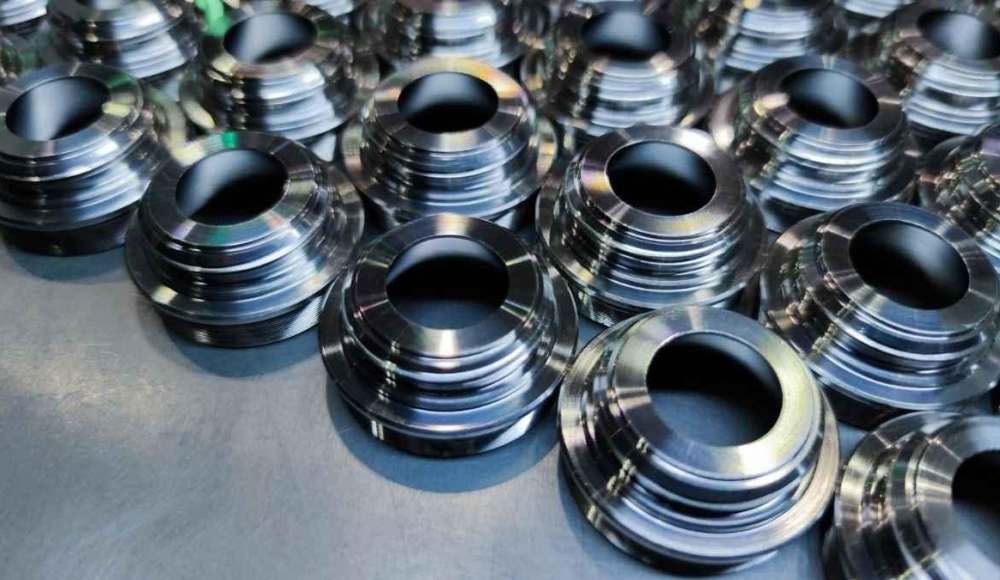

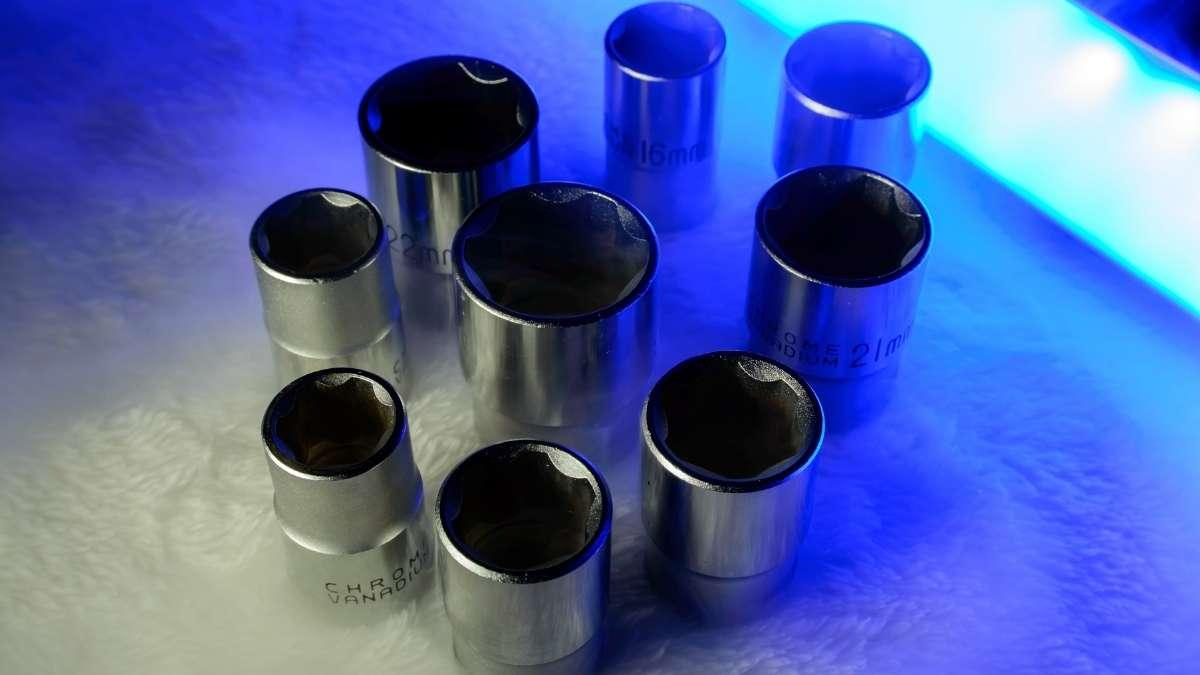
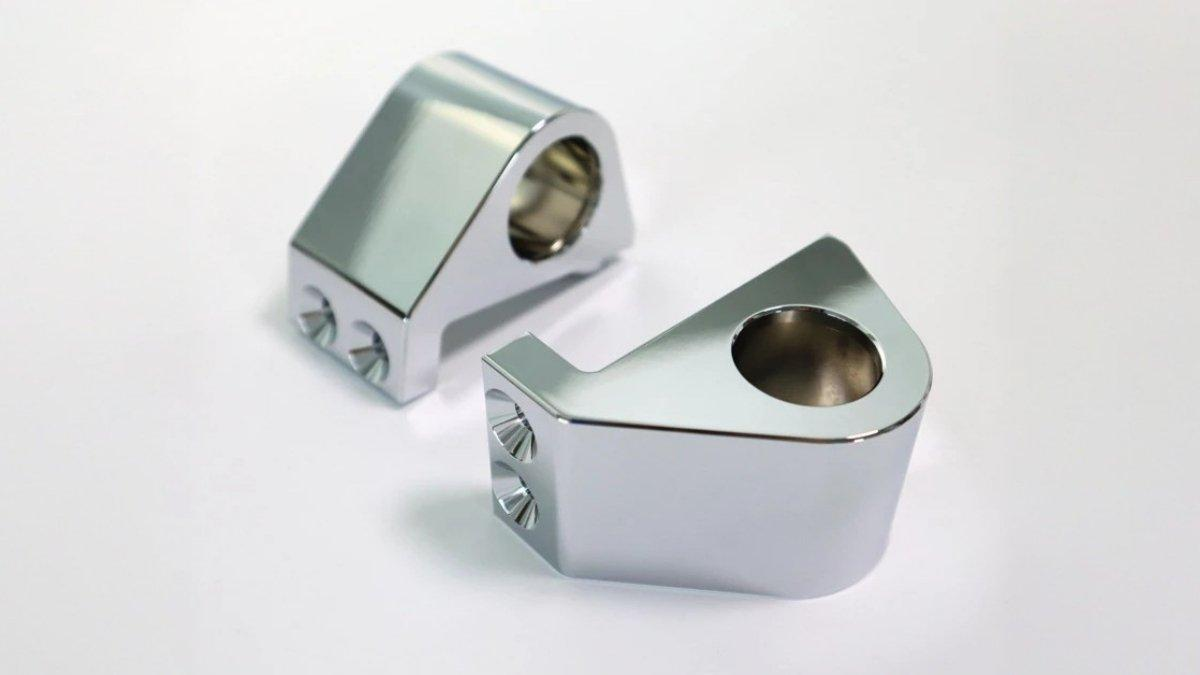
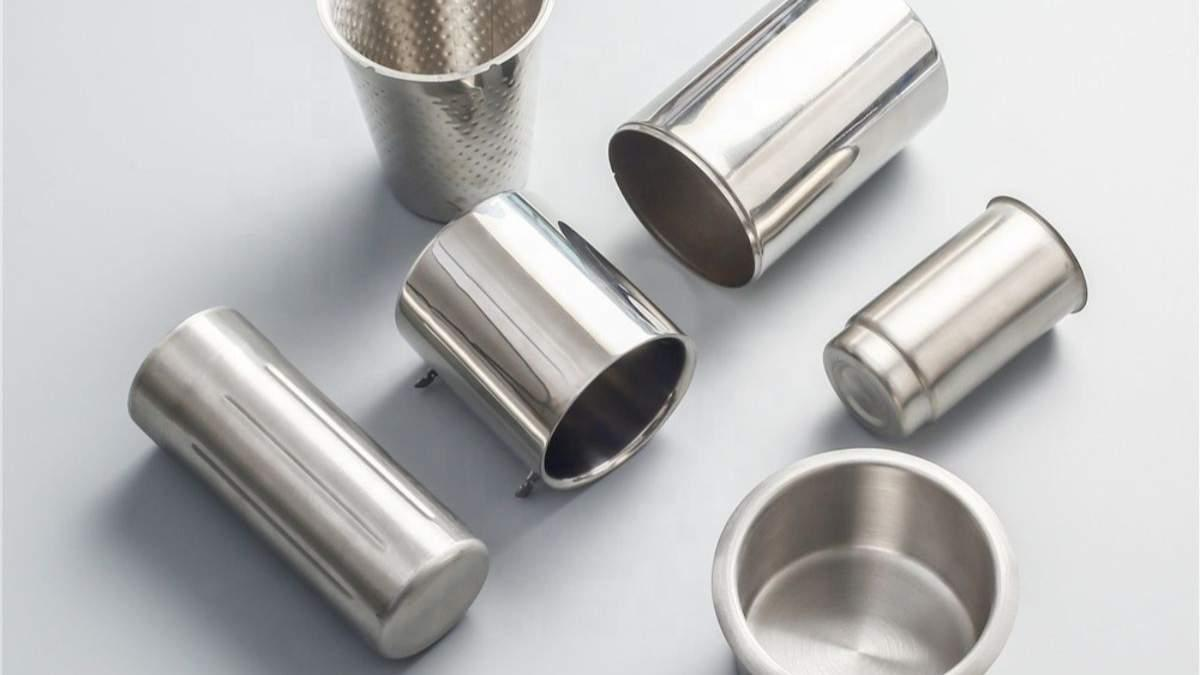
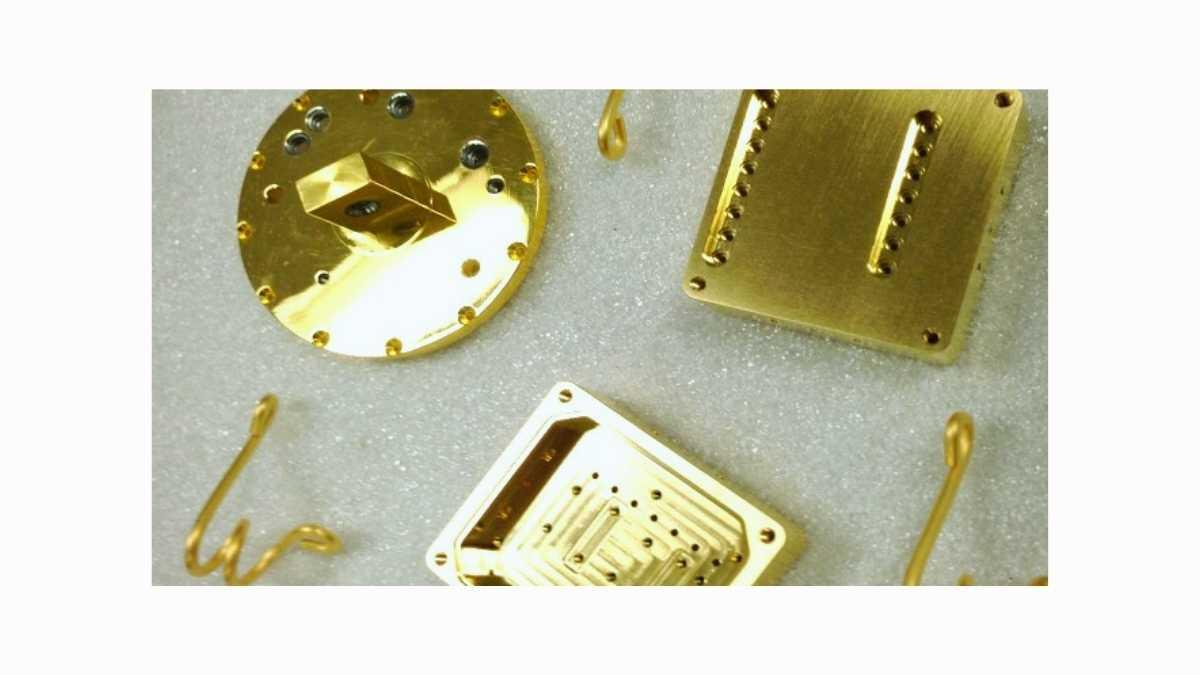
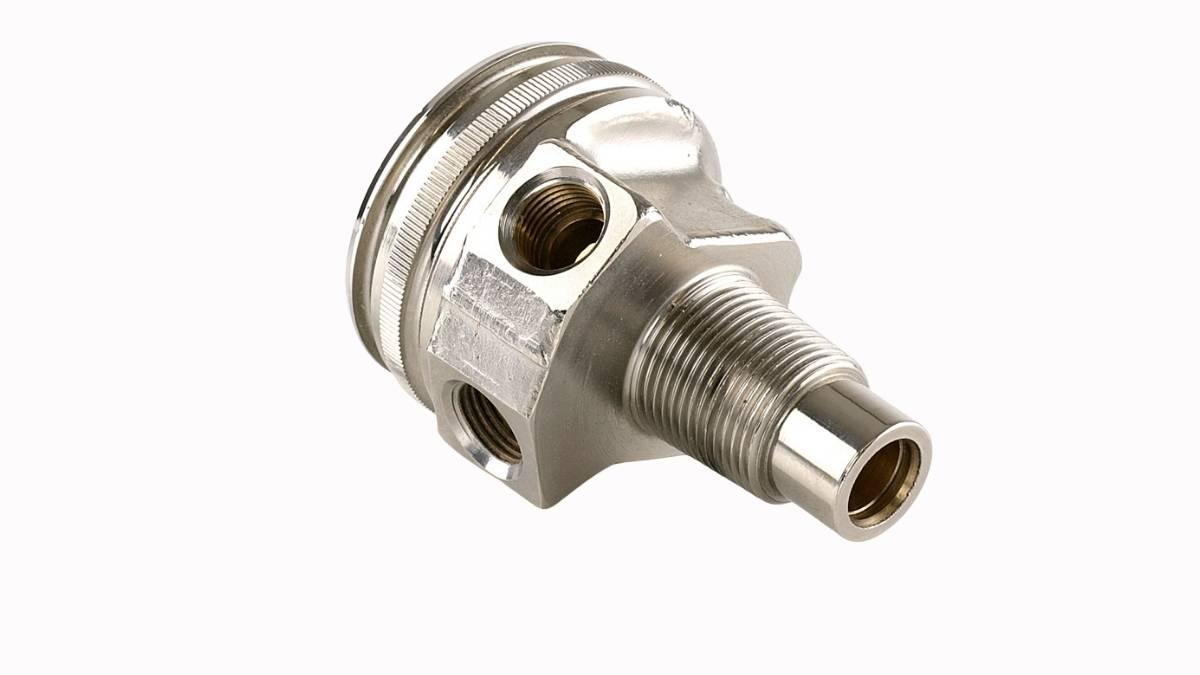
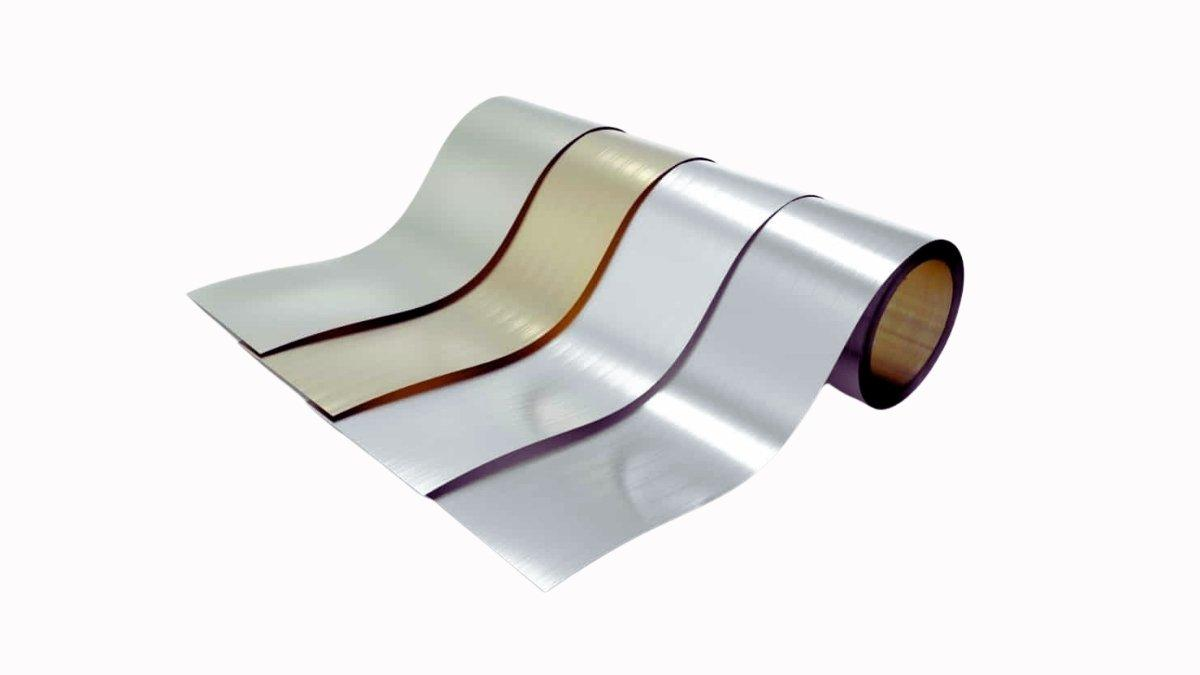
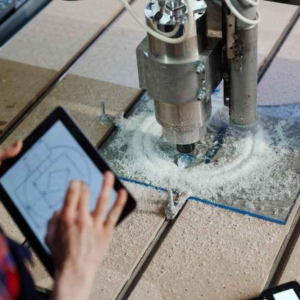
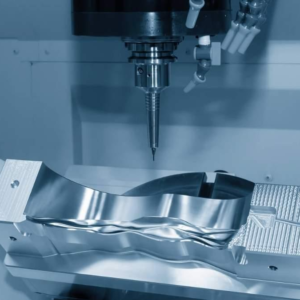
1 pensato a “Cosa è placcatura? Tutti i dettagli spiegati”